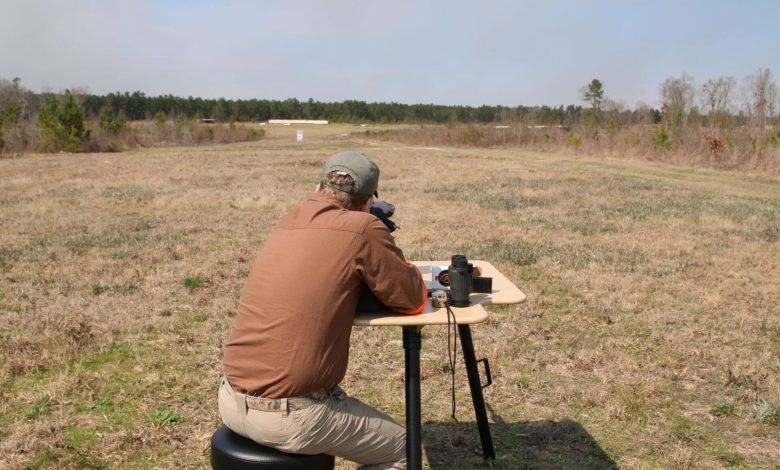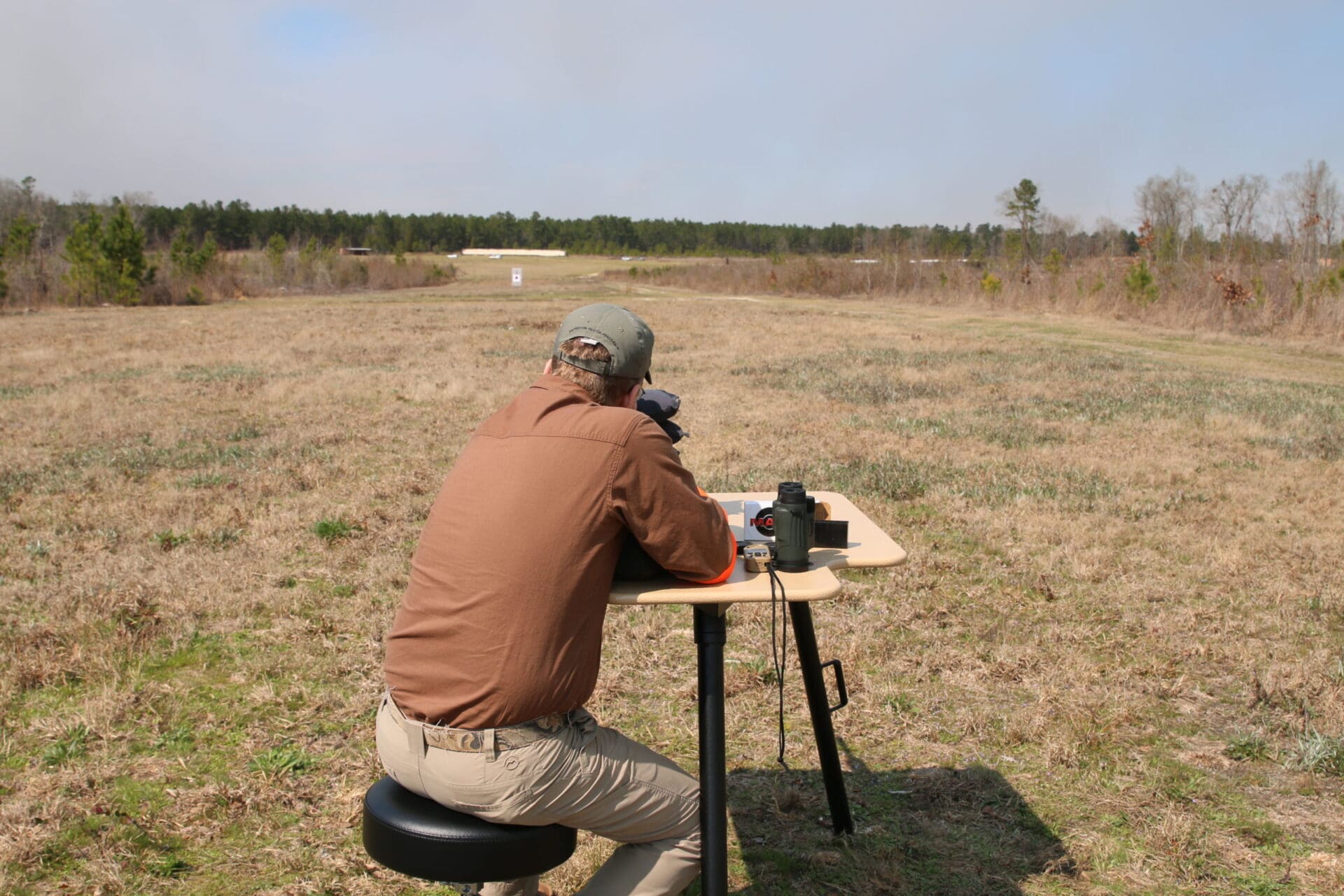FPC Petitions Supreme Court To Hear Michigan Gun Range Case


A gun-rights advocacy group has petitioned the Supreme Court to hear a lawsuit about a Michigan township placing onerous restrictions on shooting ranges and firearms training.
At issue is whether the Second Amendment presumptively protects against restrictions burdening the right to train with firearms commonly possessed for lawful purposes.
In the lawsuit Oakland Tactical Supply v. Howell Township, petitioner Oakland Tactical was seeking to construct an outdoor firing range on its property located in the “agricultural residential” district of the township, which the plaintiff considers a suitable location for that use, as evidenced by the fact that the township permits other similar commercial uses in the district (such as the rock quarry formerly operated on the property in question) and in fact freely allows target shooting on the property, so long as it is done privately rather than in a commercial setting.
However, the township’s zoning rules forbid operation of a commercial shooting range on the privately owned property— and in much of the rest of its jurisdiction—with the result that no commercial range exists in the township, severely burdening petitioners’ rights to train with firearms. In late May, the 6th Circuit U.S. Court of Appeals ruled that the zoning law didn’t infringe on the plaintiff’s core Second Amendment rights. The 6th Circuit later denied a petition for rehearing of the case.
Now, the Firearms Policy Coalition (FPC) has filed a writ of certiorari asking the U.S. Supreme Court to take up the matter.
“Because of the theoretical possibility that a commercial range could be constructed in another zoning district, however, the [6th Circuit] panel majority rejected Petitioners’ challenge at Bruen’s threshold, plain-text stage,” the filing stated. “The panel refused to define Petitioners’ ‘proposed course of conduct’ as simply ‘training with firearms that are in common use.’ Instead, the panel insisted that Petitioners could prevail only by demonstrating that the Second Amendment’s text protects the right ‘to train at a commercial facility anywhere in the Township.’”
In its filing, the FPC pointed out how the circuit court’s decision was a faulty one.
“That line of reasoning is flatly contrary to the analysis of the Third and Seventh Circuits, which have correctly explained that zoning rules restricting the location of firearm ranges implicate the Second Amendment even if they fall short of ‘an outright prohibition of gun ranges,’” the filing started.
The 6th Circuit’s other reason for rejecting the petitioners’ Second Amendment claims—that the Amendment’s textual scope does not encompass the right “to train to achieve proficiency in long-range shooting at distances up to 1,000 yards”—fares no better upon a closer look, according to FPC.
“As the Third and Seventh Circuits have held, four Justices of this Court have stated, and the panel majority itself conceded, the Second Amendment’s text necessarily protects some right to train with firearms,” the court filing stated. “It necessarily follows that any limitations on that right—such as where ranges may be located and how large they may be—must come from history, not from the Second Amendment’s plain text, which quite obviously imposes no such limits whatsoever.”
At the 6th Circuit level, the court ruled that the proposed 1,000-yard range is not necessary for gun owners for training purposes.
“It is difficult to imagine a situation where accurately firing from 1,000 yards would be necessary to defend oneself; nor have Plaintiffs identified one,” the ruling stated. “To the extent that historical evidence is probative of the scope of a right derived by necessary implication, like the right to train, the historical evidence Plaintiffs present—a handful of examples of riflemen making shots from 600 to 900 yards during the Revolutionary War—is not convincing.”
In the end, FPC said that the Supreme Court should take up the case and make a final decision on the matter.
“Following Heller, for nearly fourteen years the courts of appeals resisted this Court’s precedent and failed to adequately protect the ‘balance … struck by the traditions of the American people’ when they codified the right to keep and bear arms in our highest law,” the filing concluded. “If this Court does not grant review and correct the errors in the panel majority, history may well repeat itself.”
Read the full article here





